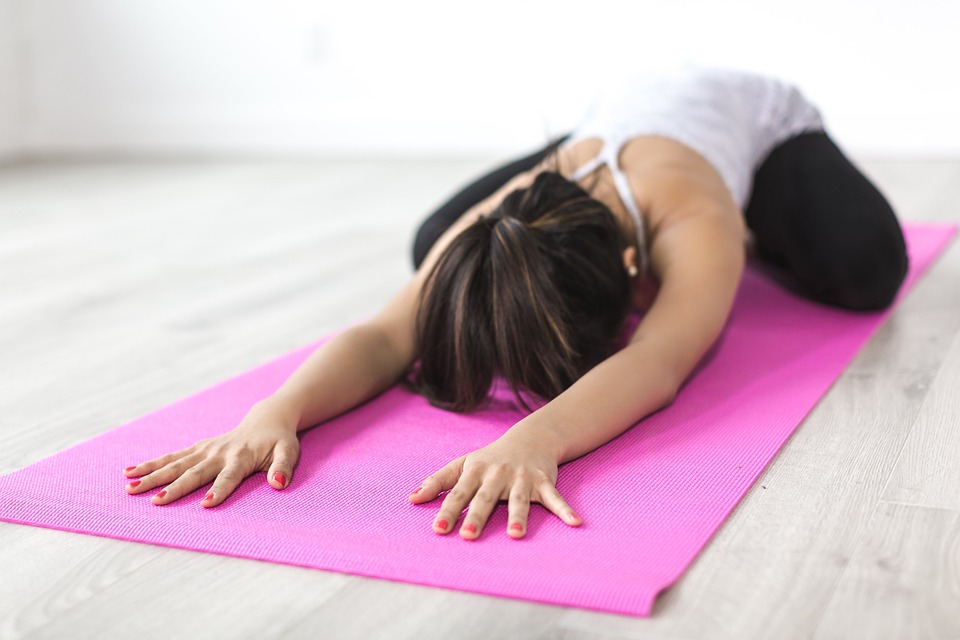Hatha yoga is known as the “yoga of poses” because it allows you to dive into various postures that range from beginner to advanced. Indeed, whether in a dynamic vinyasa flow or a soothing yin yoga sequence, all yoga poses we practise today are derived from hatha yoga. And mastering it can be a relatively simple task if you know a few key pointers. You may learn more about them in this article.
● What is Hatha Yoga, exactly?
“Hatha” is a Sanskrit word that literally means “forcibly.” Hatha yoga employs a rigorous kind of body posture to manage the physical self in relation to the mind. Hatha yoga includes:
- Various breathing exercises.
- Cleaning practices (shatkarma).
- Mudras.
- Bandhas for channeling energy in the body and mind and physical postures.
Hatha yoga positions were created when ancient yogis discovered they could not control humanity’s mental and psychic parts until they disciplined the physical body through various methods.
Hatha yoga positions are popular because they can soothe the mind while also increasing physical strength. Hatha yoga emphasizes static body position and a leisurely transition between poses (compared to vinyasa). This method of limiting body movement while maintaining a static posture causes muscles to contract, increasing strength, flexibility, and awareness.
● The best pose for beginners
Child’s pose, also known as Balasana, is an excellent place to begin your hatha yoga practice. It’s a soothing posture that doesn’t necessitate any flexibility; instead, it provides a lovely stretch to help expand your body in the first place. Also, in-between positions, come into this pose to relax the body.
Benefits: The child’s stance helps to relieve weariness and improves blood circulation throughout the body. It lowers stress and relaxes the nerves. Stretching the muscles and ligaments around the knees with this stance is beneficial.
● The core hatha yoga pose
One of the core hatha yoga postures is a downward-facing dog. As a dog stretches itself, the body is extended, bringing the upper body into an inversion. Adho mukha svanasana is another name for it.
Benefits — Down dog stance improves blood flow to the brain, which is beneficial. In addition, it improves body posture and strengthens the arms. The ankles, back of the torso, calves, and entire spine are all stretched.
● Mild stretching pose
The cat-cow position is a mild stretching sequence that is used to warm up the body. It stretches the muscles by combining a forward bend with a back arch, simulating the postures of a cat and a cow, respectively. Bitilasana Marjaryasana is another name for it.
Benefits: The cat-cow stance improves spinal flexibility and relieves back discomfort. It also strengthens the core muscles and aids digestion. In addition, this pose opens the chest, which is good for both the lungs and the heart.
● Stress-relieving pose
Uttanasana, or standing front fold position, is a novice level Hatha yoga move involving the upper body’s inversion. It’s a restorative asana that’s done while doing other standing poses.
Benefits: Standing forward fold is a stress reliever because it increases blood and oxygen flow to the brain. It increases total-body flexibility and tones the abdominal organs. It also aids in treating infertility and the relief of menopausal symptoms.
